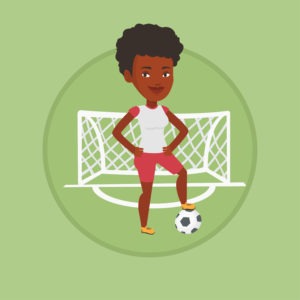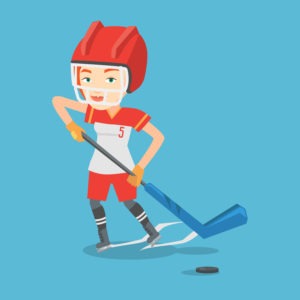 Hunting, Fishing, Hiking, Golf, Tennis, Track & Field, & Bicycling
Hunting, Fishing, Hiking, Golf, Tennis, Track & Field, & Bicycling
These are all low-risk for injury due to flying objects, but any outdoor activity carries the risk of long-term eyesight damage due to sunlight. Participants should wear performance sunglasses with polarized lenses that have anti-scratch and anti-fog coatings. If they like to crowd the net, goggles might be a better choice for your budding Wimbledonians. Skiers and snowboarders should choose ski goggles or wraparound sunglasses with polarized, mirror-coated lenses.
Baseball and Softball
These sports call for polarized sport sunglasses or goggles in the field and helmets with polycarbonate face shields for batting. Catchers can choose a traditional mesh or hockey-style facemask behind the plate.
 Soccer, Basketball and Volleyball
Soccer, Basketball and Volleyball
A ball in the face can certainly hurt, but the larger risk to eyes in the sports is getting poked by another player. Wraparound sports goggles with vents and anti-fog, anti-scratch coatings are the best choices.
Handball, Racquetball, Squash, Badminton
Each of these sports involves a high-speed projectile that can do a lot of damage very quickly. With objects hurtling toward young eyes at up to 200 mph, vented sports goggles with anti-fog poly-carbonate lenses are a must.
 Hockey & LaCrosse
Hockey & LaCrosse
Lacrosse players need full padded face masks, while hockey players need full-face helmets to protect against head injury. Goalies in both sports need full helmets and face masks.
Water Sports
Swimmers and divers have specialized goggles and masks appropriate to their sports, Water polo players and water skiers need polycarbonate goggles to protect against fingers and flying objects.
Blessings upon all of our children, step children, grandchildren, nieces and nephews as they begin a new school year. Much success to all!

